Fully Modulated
Fully Modulated is your backstage pass to the stories and signals that shaped radio, TV, and wireless communication. Join Tyler, a broadcast engineer, as he uncovers the wild moments, quirky legends, and technical breakthroughs that keep the world connected. From vintage radio hacks to the real drama behind today’s digital waves, each episode blends deep research, humor, and storytelling for anyone curious about how media magic happens. Independent, insightful, and made for every fan who loves a good broadcast mystery.
Fully Modulated
When the Last Voice Goes Silent: How Budget Cuts Could Kill Alaska's Most Remote Radio Station
KSDP 830 AM serves just 600 people in Sand Point, Alaska—one of America's most isolated communities. But this tiny radio station is a lifeline, broadcasting everything from tsunami warnings to local fishing reports across the Aleutian Islands. Now, federal budget cuts threaten to silence KSDP forever, potentially leaving an entire community without their main connection to the outside world. Join Tyler as he explores the 40-year history of this remarkable station, the current funding crisis facing rural public radio, and what happens when the last voice goes silent in America's most remote places. This is the untold story of how political decisions in Washington can have life-or-death consequences on the edge of the world.
Send me a text message with your thoughts, questions, or feedback
Visible Wireless by Verizon
Same Verizon coverage, way cheaper bills. No contracts or hidden fees. $20 off for both of us.
If you enjoyed the show, be sure to follow Fully Modulated and leave a rating and review on Apple Podcasts or your favorite podcast app—it really helps more people discover the show.
Fully Modulated is not affiliated with or endorsed by any station, media company, or network. All opinions are solely my own.
When the Last Voice Goes Silent: The Story of KSDP and Alaska's Remote Radio Lifeline
Hey everyone, and welcome back to Fully Modulated. I'm Tyler, and I need to get a couple disclaimers out of the way first. This show isn't connected to any radio stations or broadcasting companies. While I do work in public radio with an organization that partners with a regional public broadcaster, everything you hear on this podcast represents my personal thoughts and research, not any professional positions or affiliations. This is just me sharing the stories that make radio fascinating.
Today we're heading way up north to talk about something happening right now that shows just how vital radio can be for communities. We're going to Sand Point, Alaska - a town of about 600 people sitting on the edge of the world in the Aleutian Islands. And we're going to talk about KSDP, a tiny radio station that might not survive the next few months.
When I say Sand Point is remote, I mean seriously remote. There are no roads connecting it to anywhere else. If you want to get there, you're flying or taking a boat. The radio dial is mostly empty static. And for the people living there - fishermen, Alaska Native families, folks who've made this harsh but beautiful place their home - KSDP 830 AM isn't just their local radio station. It's their lifeline.
The Station That Started From Nothing
KSDP first went on the air in March 1983. Picture this - a guy named Jim McCurdy decides this remote community needs a radio station. So he builds one himself. 1,000 watts of power, broadcasting from Sand Point to serve the Aleutians East Borough.
Building a radio station anywhere is tough. Building one in a place where everything has to be flown in or brought by boat? That's something else entirely. But McCurdy and a bunch of volunteers made it happen. They set up studios right at the transmitter site initially, then later moved into the Sand Point City Hall.
Through the 80s and 90s, KSDP became the voice of the community. Local news, weather reports, fishing information - all the stuff that matters when you're living in one of the most remote places in America. But like a lot of small stations, especially in Alaska, money was always tight.
The thing about public radio in Alaska is that it's not just about entertainment or even news. In places like Sand Point, radio can literally mean the difference between life and death. When there's a tsunami warning - which happens more often than you might think in the Aleutians - KSDP is how people find out. When the weather turns dangerous for the fishing boats, KSDP tells them. When someone needs medical evacuation, the station coordinates with the outside world.
When Federal Funding Became Everything
Here's where the story gets complicated. Over the years, KSDP - like hundreds of small public radio stations across America - became dependent on federal funding through something called the Corporation for Public Broadcasting, or CPB. This isn't direct government control of content, but rather funding that helps keep these stations alive.
For KSDP, CPB funding became huge - 70% of their annual budget. That's about $211,000 out of their total $265,000 budget in recent years. The station's current general manager, Austin Roof, who's also a reporter there, called the potential loss of this funding "truly seismic."
To put that in perspective, KSDP's entire payroll for all employees combined was about $141,000. So you can see how losing $211,000 would basically mean game over.
Alaska has always been different when it comes to radio. The state is massive - bigger than Texas, California, and Montana combined - but it has a tiny population spread out over incredible distances. Regular commercial radio just doesn't work in most of Alaska because there aren't enough people to support advertisers. That's why public radio became essential there.
Alaska has 27 public radio stations total, and many of them serve communities that would otherwise have no local media at all. No newspapers, no local TV, limited internet. Just radio.
The Political Earthquake
In 2025, President Trump, as part of broader budget cuts, decided to target the Corporation for Public Broadcasting. The administration pushed Congress to rescind - that means take back - $1.1 billion in funding that had already been approved for CPB over the next two years.
The argument from the Trump administration was that public broadcasting has liberal bias and taxpayers shouldn't have to fund it. The reality on the ground, especially in places like rural Alaska, is way more complicated than that political narrative.
Get this - on the very day the Senate was voting on these cuts, there was a tsunami warning affecting southwestern Alaska. And how did people in places like Sand Point find out about it? Through their public radio stations, including KSDP.
Alaska's senators split on the vote. Lisa Murkowski voted against the cuts, understanding what they'd mean for her state. Dan Sullivan voted for them, though he claimed he'd secured some alternative funding for "tribal radio stations." Problem is, many of Alaska's public radio stations, including some that serve primarily Alaska Native communities, aren't technically owned by tribes, so that alternative funding might not even apply to them.
What Happens When The Voice Goes Silent
What does it actually mean when a station like KSDP might shut down? Austin Roof and his small team - one part-time employee and a few full-time staff - are looking at brutal choices.
They could stay on the air but cut all local programming. No more local news, no more weather reports for the fishing fleet, no more community announcements. They'd basically become a repeater for national programming, if they could afford even that.
Or they could try to raise money locally. But remember, this is a community of 600 people in one of the most expensive places to live in America. Everything costs more when it has to be flown or shipped in. People don't have extra money for radio station donations.
Jeff Seifert, who manages KBRW up in Utqiaġvik - that's the northernmost radio station in America - put it pretty bluntly: "It's really up in the air as to how long we can survive. It's just not sustainable. It's just going to run out of gas eventually."
And here's something that really gets to me - Kristin Hall from KYUK in Bethel said, "These cuts are further distancing this community from the rest of America. The people in the Yukon-Kuskokwim Delta are Americans, too. They deserve the same access to news and information as anyone else."
Why This Story Matters Beyond Alaska
You know what's striking about this situation? It shows just how different radio can be depending on where you live. If you're in New York or Los Angeles, losing one radio station barely registers. There are dozens of others. But in Sand Point, Alaska, losing KSDP means losing your main connection to the outside world.
It also shows how political decisions made in Washington can have life-or-death consequences in places most politicians probably couldn't find on a map. When Austin Roof says losing federal funding is "seismic" for KSDP, he's not being dramatic. He's being literal.
The broader story here is about what we expect from media and who deserves access to information. Commercial radio follows the money - it goes where it can make a profit. Public radio goes where it's needed, even when it's not profitable. Sometimes that means serving a community of 600 people on a remote island where a tsunami warning over the radio can save lives.
What's Next
As I'm putting this episode together, the fate of KSDP and stations like it is still up in the air. The Corporation for Public Broadcasting announced in August that it's starting an "orderly wind-down of its operations," with most staff positions ending by September 30, 2025.
But public radio stations are fighting back. They're trying to raise awareness about what these cuts really mean. They're looking for alternative funding sources. And they're hoping that when people understand what's at stake, there might be enough political pressure to reverse course.
Some of these stations have been around for 40 years or more. They've weathered budget crises before. KSDP itself survived funding cuts in the 1990s when Alaska's public broadcasting commission went through tough times. They deferred equipment upgrades, cut staff, and made do with aging equipment. But they kept broadcasting.
The difference now is the scale. This isn't just trimming around the edges - it's potentially losing most of their funding all at once.
The Human Cost of Silence
Here's what I keep thinking about. Radio has always been about human connection. It's about voices in the darkness, about knowing you're not alone. In a place like Sand Point, where winter nights are long and the weather can turn deadly without warning, that connection isn't just comforting - it's essential.
As one station manager in Alaska's North Slope region put it, the villages there aren't connected by roads. "What connects us is our airwaves."
If KSDP goes silent, that connection breaks. The fishermen lose their weather updates. The community loses its local news. Kids lose their local voices speaking their languages and telling their stories. And when the next tsunami warning comes through, people might not hear it at all.
That's not just about radio - that's about what kind of society we want to be. Do we only provide services where they're profitable? Or do we believe that everyone, even people in remote places that most of us will never visit, deserves access to information and connection?
Wrapping Up
There you have it - the story of KSDP and what's happening to public radio in rural America. It's a story that's still being written, and honestly, I don't know how it ends.
What I do know is that stories like this remind us why radio matters. It's not just about entertainment or even information. It's about community. It's about making sure no one is truly isolated. And in places like Sand Point, Alaska, it might just be about survival.
The next time you flip through your radio dial and complain about too many commercials or not enough variety, remember that there are places where people would give anything to have that problem. Because for them, the alternative isn't better radio - it's no radio at all.
Thanks for listening to this episode of Fully Modulated. If you found this story interesting or important, I'd really appreciate it if you'd help spread the word about the show. Follow us on your favorite podcast app, rate and review us on Apple Podcasts and Spotify, and share episodes with friends who might be interested.
You can also drop me a line at tyler@fullymodulated.com if you have story ideas or just want to share your thoughts about this episode. Find us on social media too - @fullymodulated on Facebook and @fullymodulatedpod on Instagram.
This is Fully Modulated, where every frequency tells a story. Until next time, keep those dials turning.
Podcasts we love
Check out these other fine podcasts recommended by us, not an algorithm.
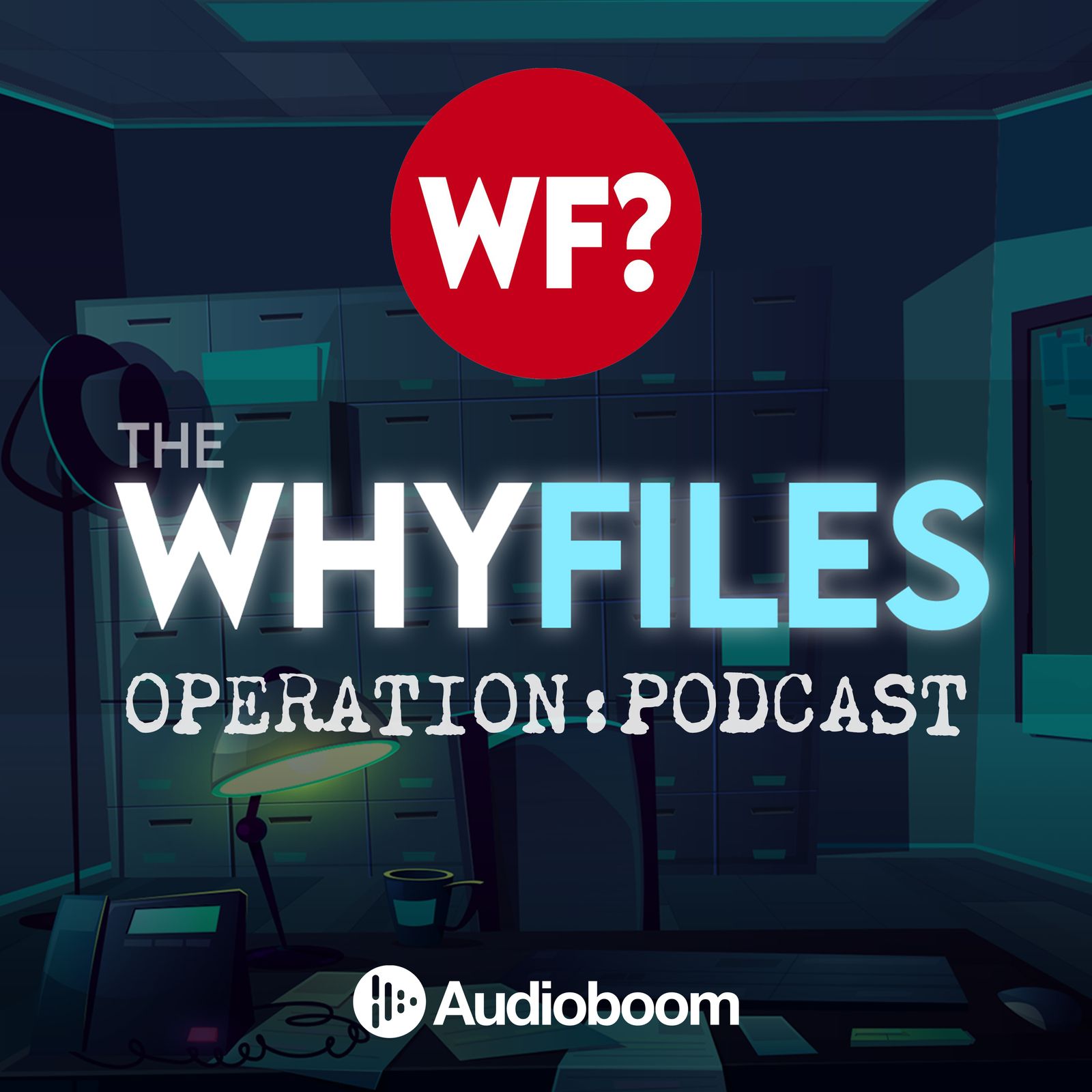
The Why Files: Operation Podcast
The Why Files: Operation Podcast
Sightings
REVERB | QCODE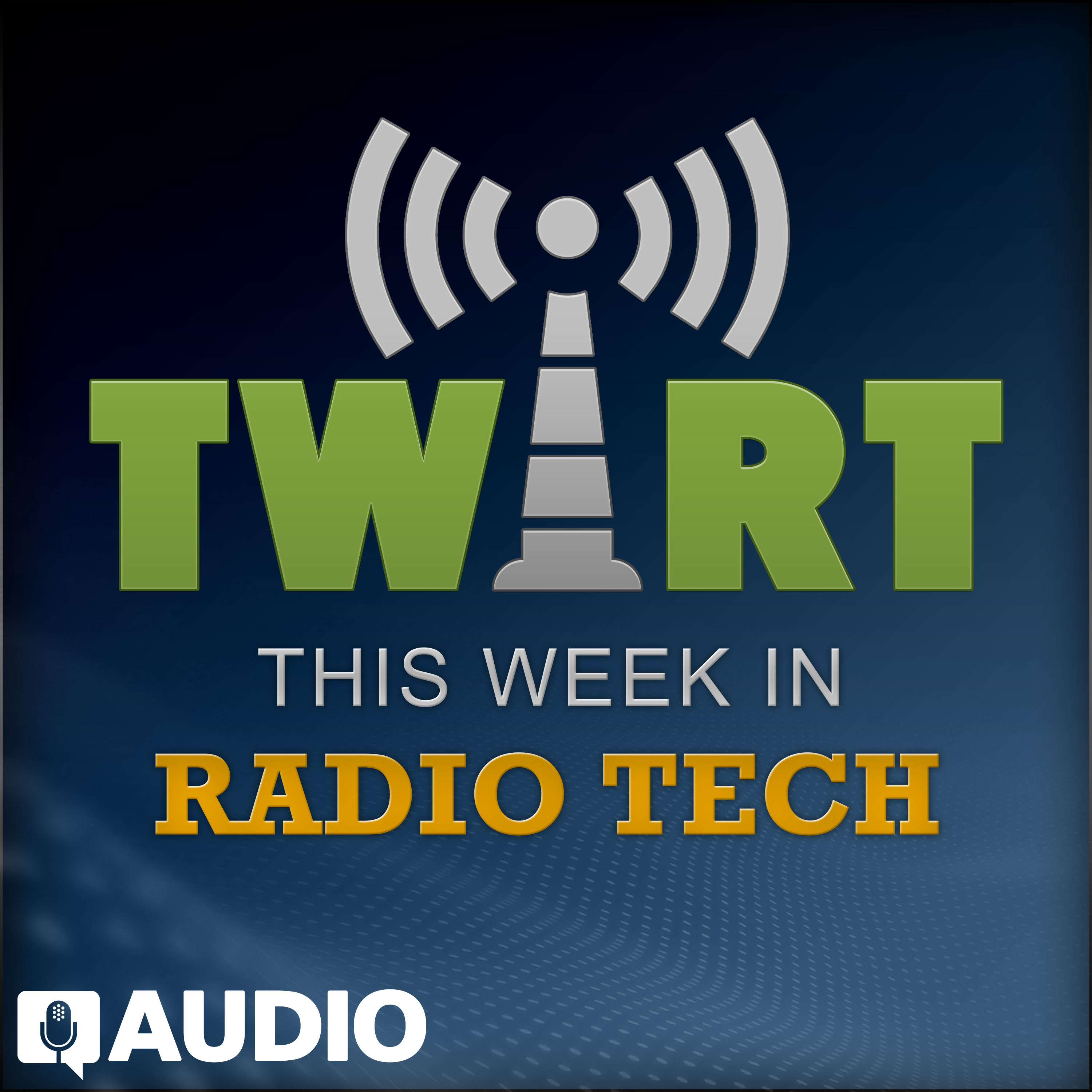
This Week In Radio Tech (TWiRT)
guysfromqueens
The Ezra Klein Show
New York Times Opinion
Alive with Steve Burns
Lemonada Media
Friends Who Pretend
Chris Bryant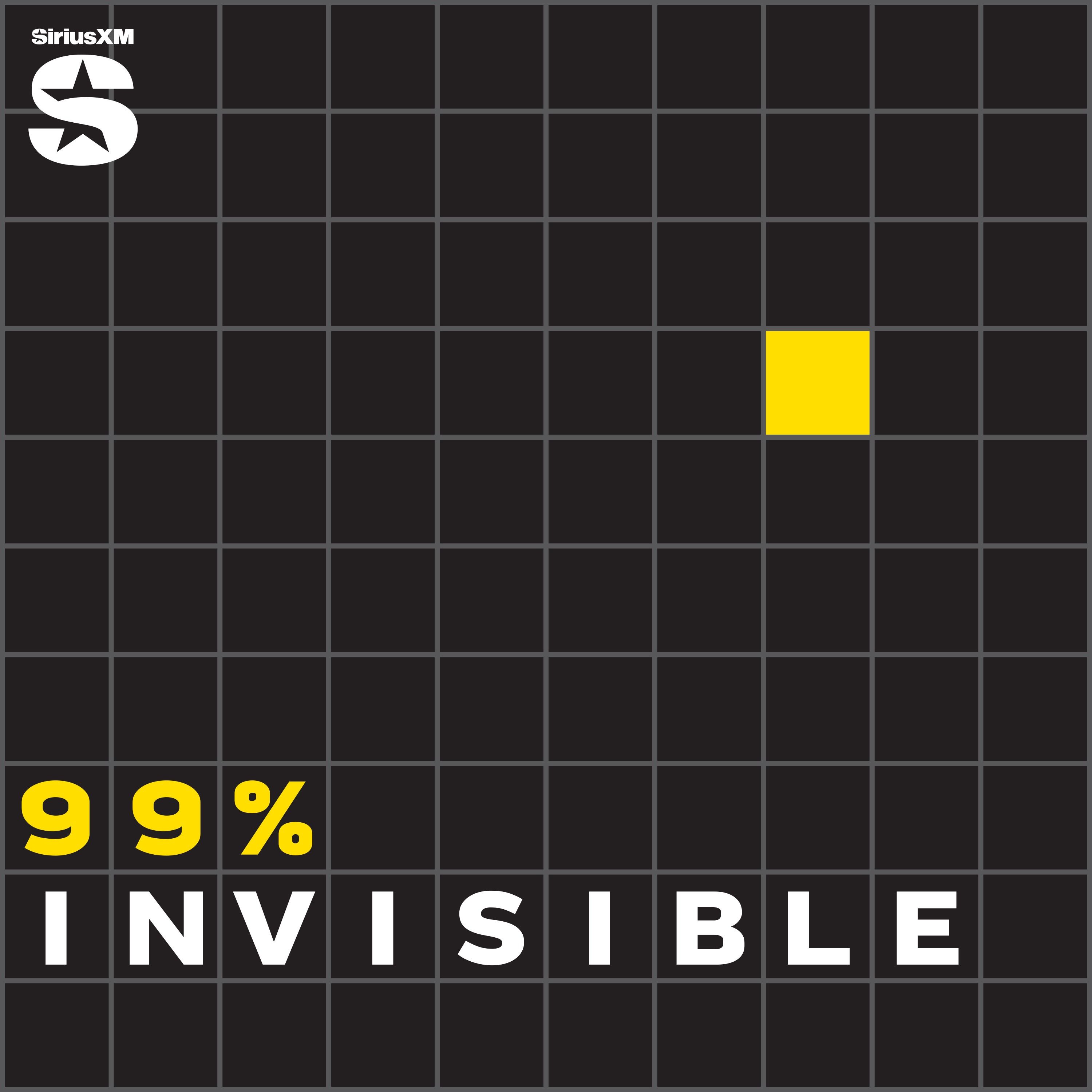
99% Invisible
Roman Mars
Hard Fork
The New York Times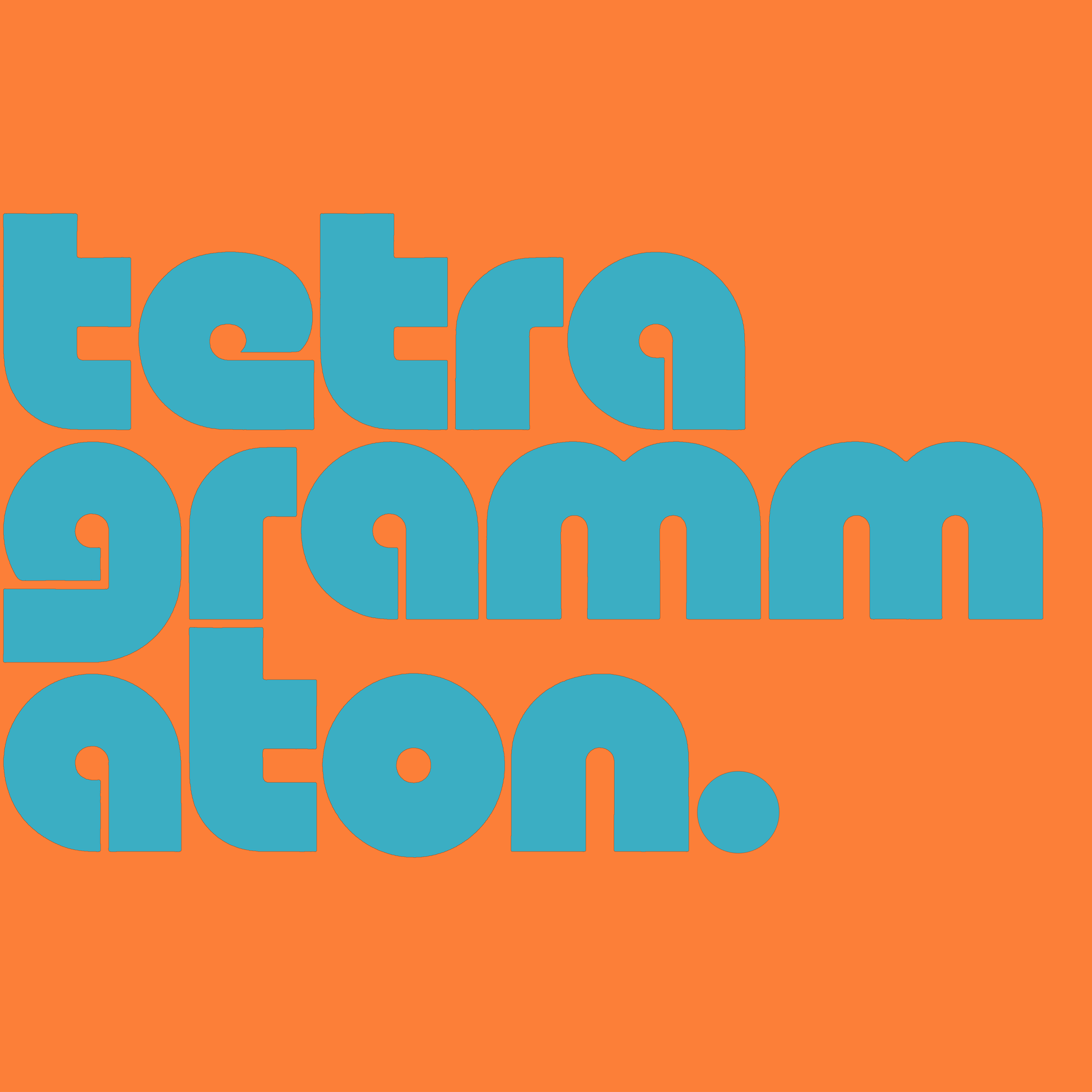
Tetragrammaton with Rick Rubin
Rick Rubin
The 404 Media Podcast
404 Media
The Daily
The New York Times
Honestly with Bari Weiss
The Free Press
Search Engine
PJ Vogt
Pod Save America
Crooked Media
Danny Jones Podcast
Danny Jones | QCODE
Darknet Diaries
Jack Rhysider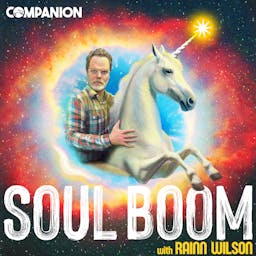
Soul Boom
Rainn Wilson




